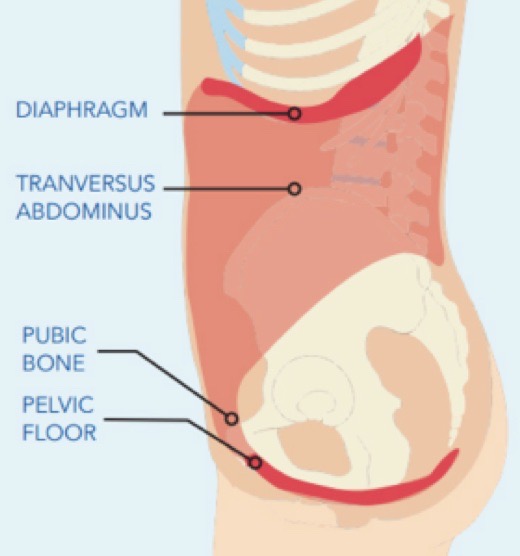The Pelvic Floor – everyone has one
Pelvic health for women and men should be common knowledge. Just as freely as we speak about back pain, we should be able to speak about pelvic floor symptoms. After all, one part of the cause in back pain is the integrity of the pelvic floor. The social stigma of the pelvis, has stopped us from having these conversations, and as people the time has come to acknowledge the importance of the pelvic floor muscles, just like we do all other muscles that keep us strong!
4 Components to Pelvic Floor Treatment
These four components are essential in treating pelvic floor symptoms, with out all four, symptom resolution is moderate.
- Breath work – calm the nervous system related to pelvic floor symptoms.
- Muscles Release – Acupuncture reaches pelvic floor muscles without invasive and vulnerable, internal release. In addition, acupuncture balances the nervous system which results in muscles relaxation in fewer treatments.
- Class IV laser – speeds up the healing process of damaged tissue after birth or injury to the pelvic floor
- Corrective exercises – include how to properly use breath while increasing the ability of the pelvic floor to tolerate load with out symptoms.
Breath – pelvic floor, diaphragm & the nervous system
As we break away from the stigma of talking about the pelvic floor, we have evolved into acknowledging these muscles as in integral part to the safety of our entire nervous system. The pelvic floor makes up the bottom half of the our intra abdominal pressure system, while the diaphragm(dome shaped muscle under our lungs) makes up the top half. This abdominal area is where all of our breathing is done. When we are balanced in our brains and body, our nervous system is balanced, leaving us healthy and symptoms free. But, when we have undergone stressful events either physically or emotionally, our nervous system responds as a way protecting us and our muscles retract in response, in particular the diaphragm. This response creates shallow and quick breaths in the chest and does not allow for complete respiration and connection to the pelvic floor. With out breathing into the pelvic floor, the muscles forget how to properly engage and react to daily activity and need to be reminded with corrective breathing and pelvic floor exercise training. If you are a visual learner, watch this video!

Conditions we treat
Hip & Back Pain
Incontinence
Pelvic Pain
Pre/Postpartum
Additional Pelvic Floor symptoms
- Bowl strain
- Constipation
- Frequent urgency to urinate or delicate
- Inability to hold urine
- Inability to hold urine under physical stress of cough, sneeze or jumping
- Pelvic pain
- Pain with sex
- Low back pain
- Hip pain
- Sciatica
- Disc herniation
- Erectile dysfunction
Causes:
- Pregnancy/Birth
- Hormone deficiency
- Trauma(physical or emotional)
- Sports
Practitioners
Helen Strietelmeir
Dr. Micheal McDonald
Chiropractor
Our practitioners Lisa Glasser L.Ac., Helen Stietelmeir L.Ac. and Aaron Barnard DPT focus on passive treatment of external release through manual therapy, acupuncture, chiropractic and cold laser, following up with active stabilization of pelvic floor muscles through physical therapy exercises. Our practitioners find that a combination of these modalities sufficiently treat low to mid complexity pelvic floor symptoms with out having to perform invasive internal release.





